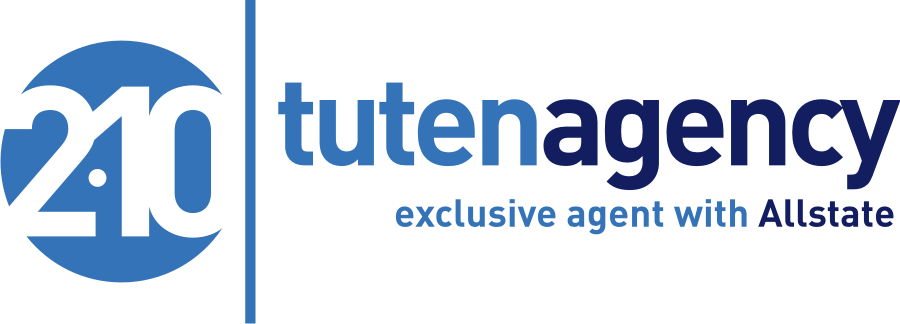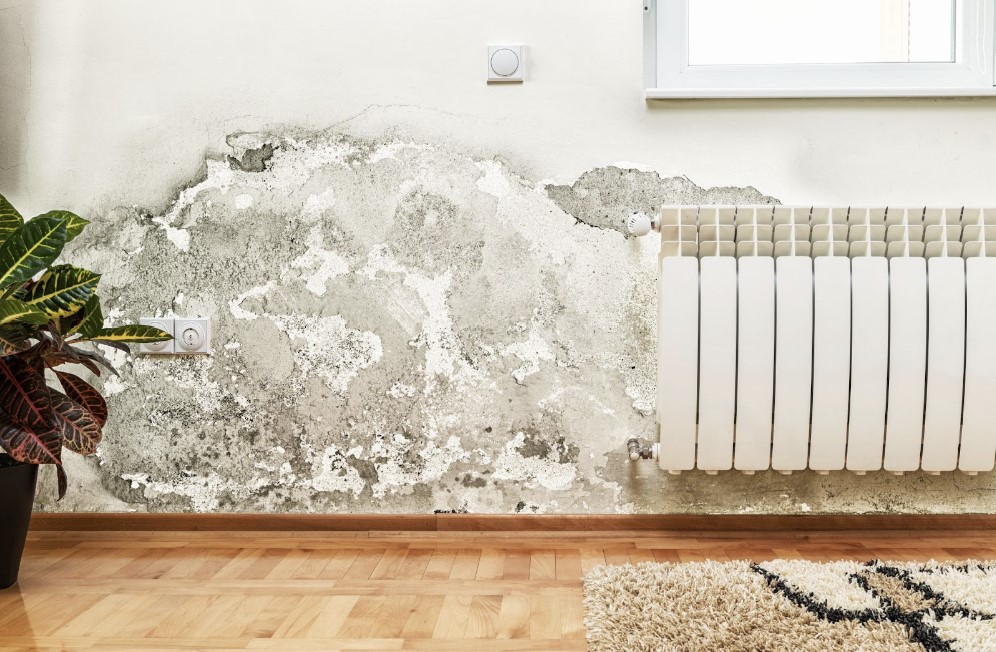When it comes to homeownership, unexpected challenges like mold can pose a health risk and lead to significant financial strain. Understanding the nuances of homeowners insurance coverage for mold is crucial in navigating these waters. This article discusses the specifics of when homeowners insurance might cover mold, the instances it doesn’t, and how to manage mold prevention and remediation.
Coverage for Mold under Homeowners Insurance
Mold coverage under homeowners insurance typically kicks in when the mold directly results from a “covered peril.” Covered perils include sudden or accidental incidents such as bursting pipes, water heater malfunctions leading to flooding, or the aftermath of fire extinguishing efforts. These incidents must be specified in your policy so that the resulting mold damage can be covered. The principle here is that the cause of the mold must be sudden and accidental rather than gradual or due to neglect.
Exclusions in Mold Coverage
However, not all mold damage will be covered by your insurance. A common reason for denied claims is neglect. For example, if a pipe under the kitchen sink leaks for months and you fail to repair it, resulting in mold, your claim may likely be denied.
Similarly, mold resulting from rainwater entering through an improperly sealed window and accumulating over time is considered a result of neglect. Homeowners must understand their policy exclusions and maintain their property to prevent such instances.
Limitations on Mold Remediation and Removal Coverage
Mold remediation coverage in homeowners insurance often comes with limits, typically ranging from $1,000 to $10,000, which may only cover part of the remediation costs. For broader coverage, homeowners can add riders to their policy for an extra fee, enhancing their protection against mold-related expenses. Understanding these limitations and options can help prevent unexpected out-of-pocket costs during mold remediation.
Preventing Mold in Your Home
Preventing mold effectively involves managing moisture levels in your home. Here are key steps to take:
- Repair Water Leaks Promptly: Fix leaks as soon as they’re discovered to prevent moisture accumulation.
- Direct Downspouts Away from the Home: Ensure that downspouts channel water away from your home’s foundation.
- Maintain Gutters: Clean gutters regularly to prevent blockages that can cause water to pool and seep into your home.
- Use Dehumidifiers in Damp Areas: Running a dehumidifier in areas prone to dampness, like basements, can help keep moisture levels in check.
- Avoid Carpets in Wet Zones: Choose flooring options other than carpet for basements, bathrooms, and other areas that may become wet, as carpets can trap moisture and foster mold growth.
- Ensure Proper Home Ventilation: Good ventilation throughout your home, especially in bathrooms, kitchens, and laundry areas, helps reduce moisture and prevent mold.
Identifying Signs of Mold
Early detection of mold is key to preventing its spread. Mold typically emits a musty, damp smell and can cause allergic reactions such as a runny nose, itchy eyes, or nasal congestion, often worsening at home. Visible signs of mold, even if minor, may indicate a larger, concealed problem. Homeowners suspecting mold growth should consider professional inspection to address potential issues early on, especially when purchasing a home.
Visible Signs of Mold:
Discoloration or Staining: Patches of black, green, white, or even orange spots on surfaces, especially in damp areas.
Fuzzy Growth: Appearance of fuzzy or slimy growths on walls, ceilings, or furniture, indicating mold colonies.
Warped Surfaces: Walls, ceilings, or floors that show warping or bulging may have mold growing behind or beneath them.
Peeling Paint or Wallpaper: Wallpaper or paint that is peeling, cracking, or bubbling can be a sign of moisture and mold beneath the surface.
Condensation: Excessive condensation on windows or metal surfaces can create a conducive environment for mold growth.
Persistent Dampness: Areas that remain damp or have been previously flooded and not adequately dried are likely spots for mold growth.
Rust on Indoor Metals: Rust on pipes, vents, or other metal fixtures inside the home may indicate high humidity levels and potential mold growth nearby.
Treating Mold in the Home
For small-scale mold issues, homeowners can often take matters into their own hands. Here’s a step-by-step guide to tackling minor mold growth on hard surfaces using household products:
- Safety First: Before beginning mold removal, wear protective gear, including gloves, a mask, and goggles, to prevent direct contact with mold spores.
- Ventilation: Open windows and doors to ensure good air circulation in the area where you’re working. This helps to dissipate mold spores and reduce the risk of inhalation.
- Prepare Your Cleaning Solution: Mix a cleaning solution that effectively kills Mold. A common mixture includes one part bleach and three parts water. For a more natural alternative, white vinegar can be used undiluted.
- Apply the Solution: Using a spray bottle, apply the cleaning solution directly onto the moldy surface. A sponge or cloth soaked in the solution may be more effective for porous surfaces to avoid oversaturation.
- Scrub the Mold Away: After letting the solution sit for at least 10 minutes, scrub the area with a stiff-bristled brush to remove the Mold. For stubborn areas, reapplication of the solution may be necessary.
- Rinse and Dry: Once the mold is removed, rinse the area with clean water to remove any residue from the cleaning solution. Dry the area thoroughly to prevent Mold from returning due to moisture.
- Dispose of Materials: Properly dispose of any cloths, sponges, or brushes used in cleaning to avoid spreading mold spores to other home areas.
Handling Larger Mold Infestations or Mold Resulting from Covered Perils
For extensive mold growth or situations where Mold results from an insurance-covered peril, it’s advisable to consult professional remediation services. Here’s what to expect:
- Professional Assessment: A mold remediation specialist will assess the extent of mold growth and identify the moisture source causing the issue. This step is crucial to formulate an effective removal and prevention plan.
- Containment: To prevent the spread of mold spores during the cleanup process, professionals will use containment methods such as plastic sheeting and negative air pressure.
- Air Filtration: High-efficiency particulate air (HEPA) filters will be used to clean the air of mold spores and other particulates.
- Mold Removal: Specialists will remove Mold using commercial-grade products and equipment. This may involve removing mold-infested materials such as drywall, insulation, or carpeting.
- Cleaning and Sanitization: The area and any affected belongings will be cleaned and sanitized after mold removal.
- Drying: Ensuring the area is completely dry is essential to prevent mold recurrence. Professionals may use dehumidifiers and air movers to dry the affected area thoroughly.
- Repair and Restoration: Any materials removed during the mold remediation process, such as sections of drywall or flooring, will be repaired or replaced to restore the area to its original condition.
- Prevention Measures: Finally, remediation specialists will recommend measures to prevent future mold growth, which may involve fixing leaks, improving ventilation, or addressing other moisture issues.
Homeowners can effectively manage and mitigate mold issues by understanding the appropriate steps for DIY minor mold treatment and recognizing when to call in professionals for larger infestations, ensuring a safe and healthy living environment.
Conclusion
Navigating homeowners insurance coverage for mold requires understanding what is and isn’t covered, along with proactive home maintenance to prevent mold growth. Recognizing the early signs of mold and knowing when to call in professionals can go a long way in maintaining a healthy, mold-free home. By staying informed and vigilant, homeowners can effectively manage the risks and responsibilities associated with mold in their homes.
FAQs
How can I prove mold damage was caused by a covered peril?
Documentation is key. Take photos of the damage and maintain records of any related incidents (e.g., a burst pipe repair). A professional assessment can also help establish the cause of mold growth as linked to a covered peril.
What should I do if I find mold in my home but it’s unclear whether it’s covered by my insurance?
Contact your insurance provider to discuss your policy details and the situation at hand. It may also be wise to get a professional mold inspection to determine the extent and cause of the mold, which will be crucial information for your insurance claim process.
If mold is discovered during a home inspection when buying a house, can I use my future homeowners insurance to cover remediation?
Typically, homeowners insurance covers incidents that occur after the policy start date. Pre-existing conditions, like mold found during a home inspection before purchasing insurance, would not be covered. Addressing these issues before finalizing the purchase is advisable.
Get the right coverage for your home with tutenagency
New tutenagency customers?
Quote homeowners insurance online or call (334) 502-5111 to insure your home.
Legal Disclaimer: ADVERTISING MATERIAL ONLY. Do not rely on this site or this article for legal or financial advice. The information provided on 210agency.com is strictly for educational purposes and to provide you with general educational information. Since state laws and financial regulations are subject to change, please schedule an appointment with an attorney or qualified financial advisor in your area to further discuss your personal situation. This public information is neither intended to, nor will it, create an attorney-client or financial representative relationship.

